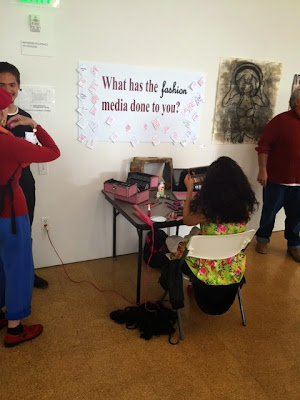Recently I had the great opportunity to attend the San Diego Birch
Aquarium's family day. This was a great event to attend with family members in
order to expose young kids in marine science and the ocean's ecosystem. If the
children are too young to go out and snorkel, visiting aquariums are a great
way to engage kids with the ocean. Each exhibit that inhabited creatures was
designed to resemble their native habitats. The Birch Aquarium exhibit
designers did a great job resembling the creature's native habitats.
The event consisted of self-guided tours around the
aquarium and small interactive events in their tide pool area. When walking
around the kids have the ability to look at the creatures in several different
exhibits. It was obvious to see how the children reacted towards the colorful
animals versus the dark ones. They are attracted by colorful bright tropical
fish.
The bright exhibits resembled tropical climates and
the darker were usually connected to Mediterranean climates or open sea. It is
very important to keep the exhibits as closely to the organism’s natural
habitat. This will let the organism feel in a comfortable location and would
react the same way it would in the wild. This includes having the right temperature,
terrain, and salinity level. Some of the creatures are born in the aquarium but
there are also some that were placed in certain exhibits for recovery.
At the Birch Aquarium there is a sea turtle that
will no longer be able to survive in the wild. It was attacked by a shark and
is missing a back flipper and the other back flipper is severely damaged. For
this reason, the sea turtle floats in an improper way but can still survive at
this aquarium since they are fed.
In class we have learned about nanotechnology, at
the birch aquarium there was an exhibit that talked all about nanotechnology
and how it is being used to clean salt water. The idea was to use cleaning
nanoparticles to remove the salt and turn it in to freshwater.
This aquarium is not nationally known, however, it
is definitely a place to come and enjoy a
fun day with the family. I am glad I was able to bring mine because I feel it
was a great way to show my family how beautiful the ocean is and the research I
get to work with.
































